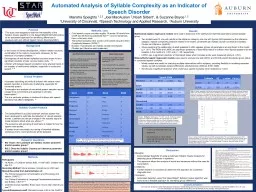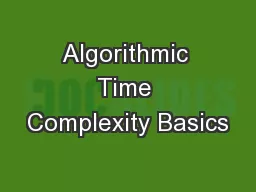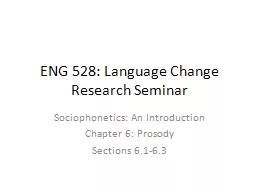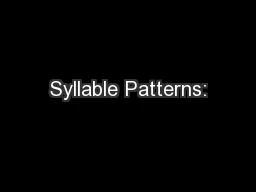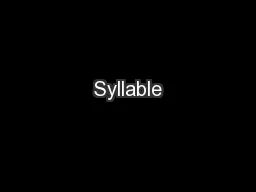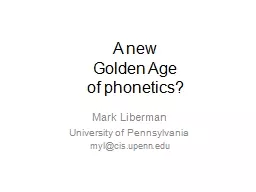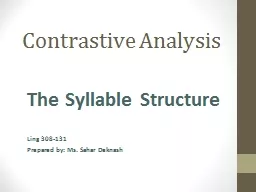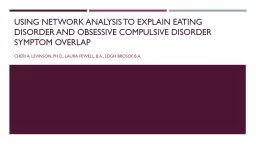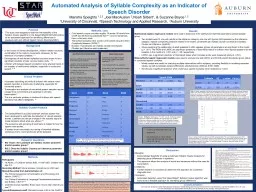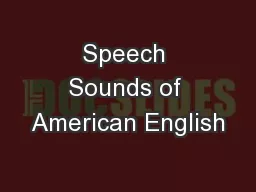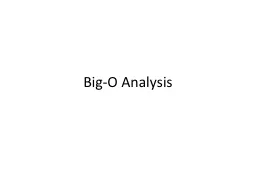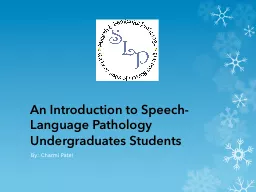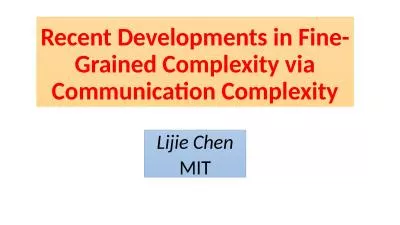PPT-Automated Analysis of Syllable Complexity as an Indicator of Speech Disorder
Author : mofferro | Published Date : 2020-06-23
Marisha Speights 123 Joel MacAuslan 2 Noah Silbert 1 amp Suzanne Boyce 12 1 University of Cincinnati 2 Speech Technology and Applied Research 3 Auburn
Presentation Embed Code
Download Presentation
Download Presentation The PPT/PDF document "Automated Analysis of Syllable Complexit..." is the property of its rightful owner. Permission is granted to download and print the materials on this website for personal, non-commercial use only, and to display it on your personal computer provided you do not modify the materials and that you retain all copyright notices contained in the materials. By downloading content from our website, you accept the terms of this agreement.
Automated Analysis of Syllable Complexity as an Indicator of Speech Disorder: Transcript
Download Rules Of Document
"Automated Analysis of Syllable Complexity as an Indicator of Speech Disorder"The content belongs to its owner. You may download and print it for personal use, without modification, and keep all copyright notices. By downloading, you agree to these terms.
Related Documents

